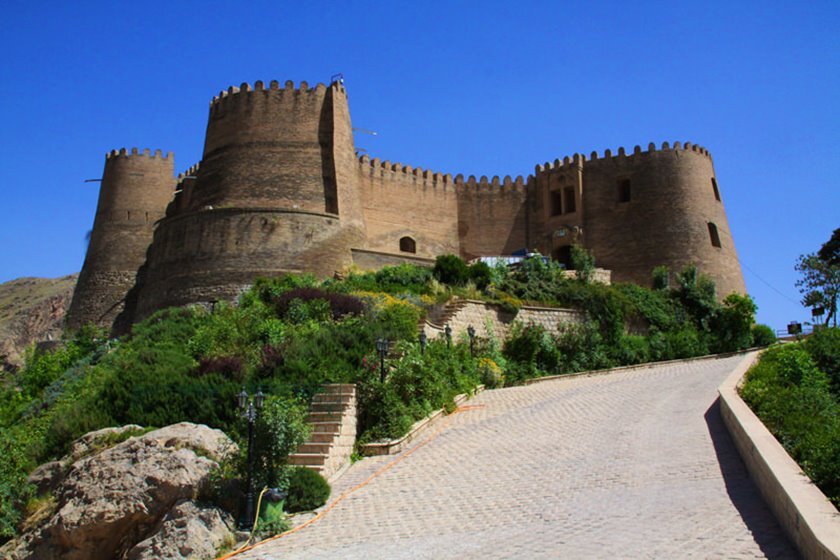17,000 relics kept in Sassanid fort's treasure trove

TEHRAN– Some 17,000 museum objects are being kept at the treasure trove of Qale Falak-ol-Aflak, which is a Sassanid era (224–651) fortress located in Khorramabad, the capital of Lorestan province.
There are 17,000 objects in the treasure trove of Falak-ol-Aflak fortress, ISNA quoted Lorestan’s tourism chief as saying on Saturday.
Luristan Bronzes constitute a large share of the objects, which will be transferred into a neighboring museum to go on public display, Ata Hassanpur said.
Of the figure, some 50 historical relics are currently on view at the fort’s museum due to the lack of display spaces, the official said.
“By transferring those relics, we will have more museum space so that more objects can be exposed to the eyes of those interested.”
Found in large numbers in Lorestan and its neighboring Kermanshah region, Luristan (Lorestan) Bronzes are cast objects that date from the Early Iron Age. The Luristan Bronzes noted for their eclectic array of Assyrian, Babylonian, and Iranian artistic motifs, date from this turbulent period.
The fertile Lorestan region was inhabited by Iranian Indo-European peoples, including the Medes, c. 1000 BC. Cimmerians and Scythians intermittently ruled the region from about 700 to 625 BC.
Moreover, the Lorestan region was incorporated into the growing Achaemenid Empire in about 540 BC and successively was part of the Seleucid, Parthian, and Sassanid dynasties.
The first Western archaeologist to investigate the bronzes was German-born archaeologist Erich Schmidt, who first began exploring Luristan in 1935. His work at the site was innovative thanks to his wife, Mary-Helen. The two shared a passion for archaeology: they first met when visiting the site of Tepe Hissar in Iran.
The unmissable eight-towered Falak-ol-Aflak dominates the city as one of the most visited travel destinations in the region for both domestic and foreign sightseers. The fortress dates from the Sassanid era (224–651). It seems particularly imposing and dramatic when floodlit at night, offering picturesque views of its encircling crenelated battlements.
AM
Leave a Comment